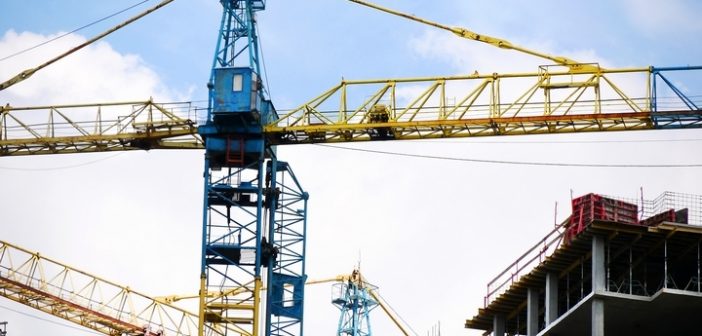Tower cranes are essential machines in the construction industry, allowing skyscrapers to reach new heights never expected before. They have an uncanny ability to hoist large loads high up in the air, allowing construction workers to deliver building materials to the very top of tall structures. Tower cranes commonly lift large pieces of equipment like generators, as well as heavy building materials like steel and concrete.
The tower crane is undoubtedly a fascinating and impressive piece of construction machinery. Our skyline wouldn’t look the same without them. Each tower crane part plays a critical role in its ability to do its job.
Let’s explore the anatomy of tower crane parts and learn about the different functions of the crane attachments:
1. Tower Crane Mast
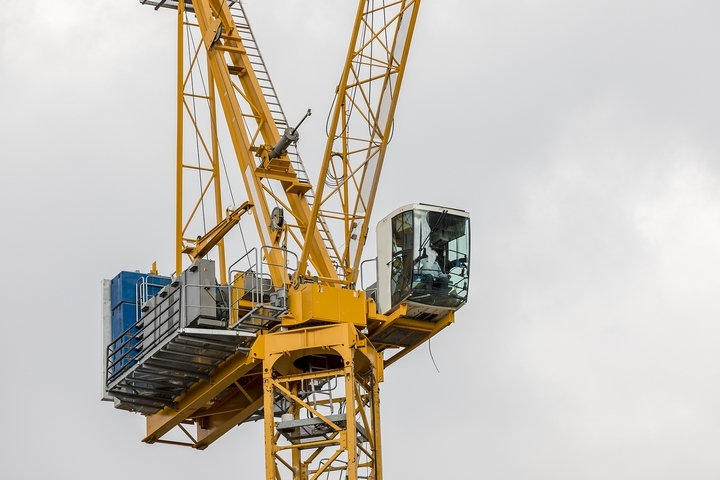
This metal lattice structure, which is typically square in form, is used to give the tower crane the height it needs to reach the top of a structure.
This part is made of lattice modules because this type of construction allows the crane to be more easily transported. At the construction site, the modules are then assembled and joined by screws.
Peer up way at the top of the mast and you’ll find a rotating arm. This arm allows the crane to rotate horizontally by 360 degrees. Depending on the crane model, the mast may also have an operator’s cabin.
2. Tower Crane Jib
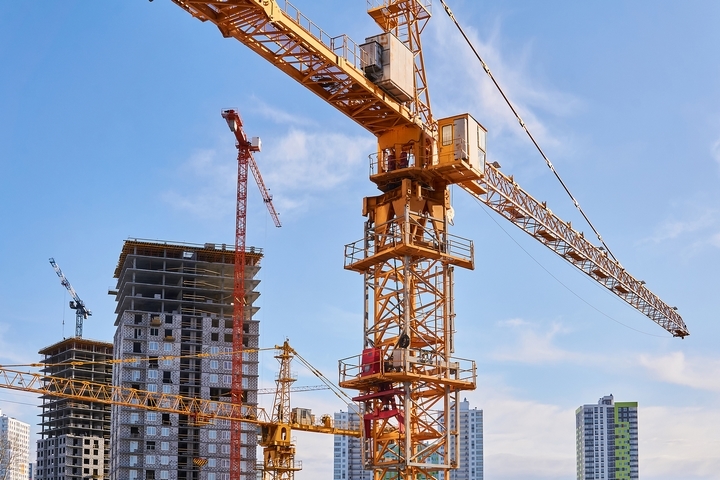
Tower crane jib is another tower crane part that is typically triangular in shape and also has a modular structure to make transport possible. This tower crane jib is used to provide the crane with the range or radius it requires to move around.
3. Tower Crane Counter Jib
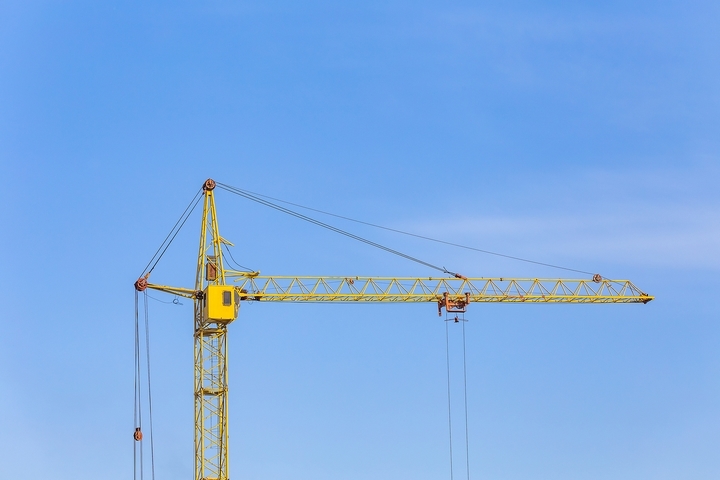
Any tower crane jib needs a counter jib. This part is made from a robust base formed by metal profiles. This creates a catwalk of sorts, so personnel can pass from the mast to the counterweights.
Counterweights are attached at the end of this jib. The counter jib is attached to the mast at the opposite area of the union with the jib.
4. Counterweights
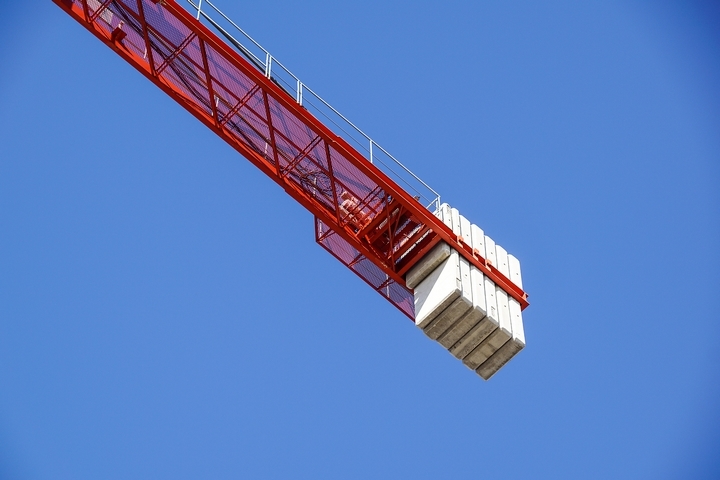
Counterweights are made of prefabricated concrete. They’re used to stabilize the inertia and weight in the tower crane jib both when it’s in operation and when the machinery is at rest.
5. Ballast
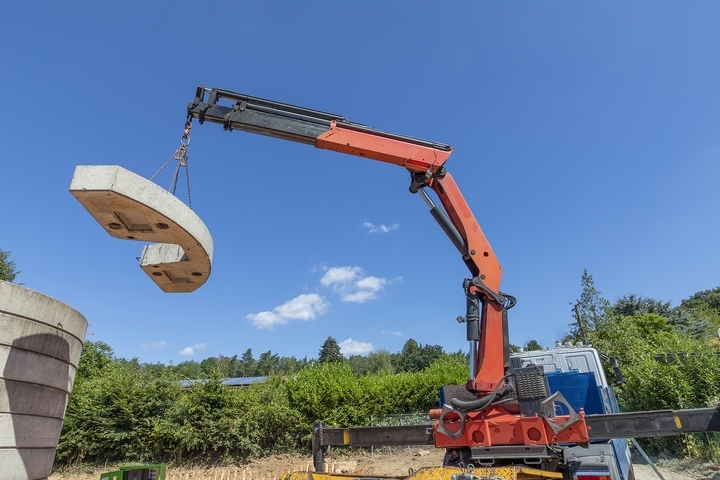
The ballast stabilizes the tower crane against the weight it transfers and its own weight. It’s also critical to ensuring stability during adverse weather conditions. The ballast is typically made of prefabricated concrete and it’s located at the very base of the machinery.
6. Trolley
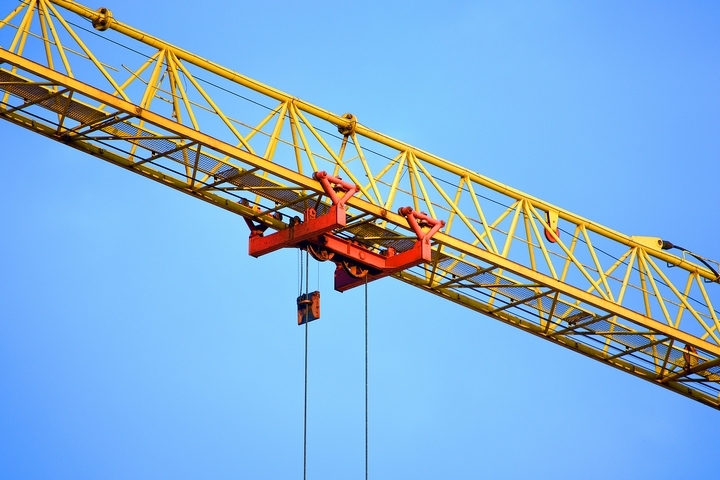
To give the tower crane maneuverability, you need a trolley. This metallic part consists of a car that moves along the jib through lanes. The trolley also supports the weight of the materials being lifted.
7. Tower Crane Hook
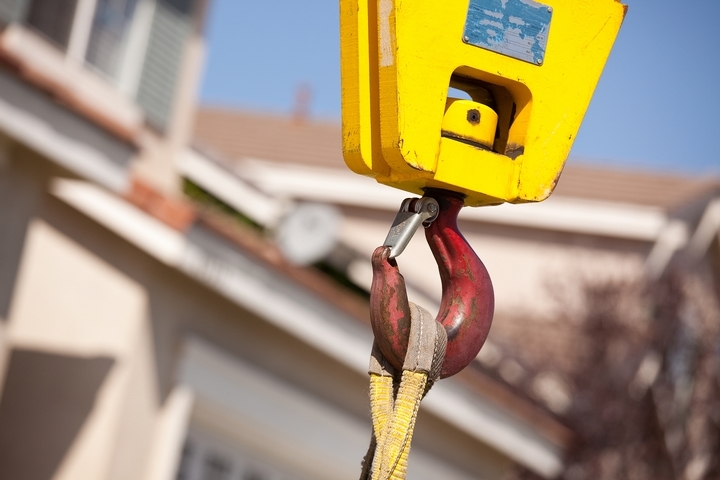
The tower crane hook is critical to the machinery’s performance. It’s considered the most delicate part of the crane, and so it must be used and maintained correctly. Specifically, it must be tensioned perfectly to function as required. The crew must also follow up periodically with maintenance to ensure that the hook does not cross over and cause crushing during its winding in the drum.
8. Tower Crane Erector
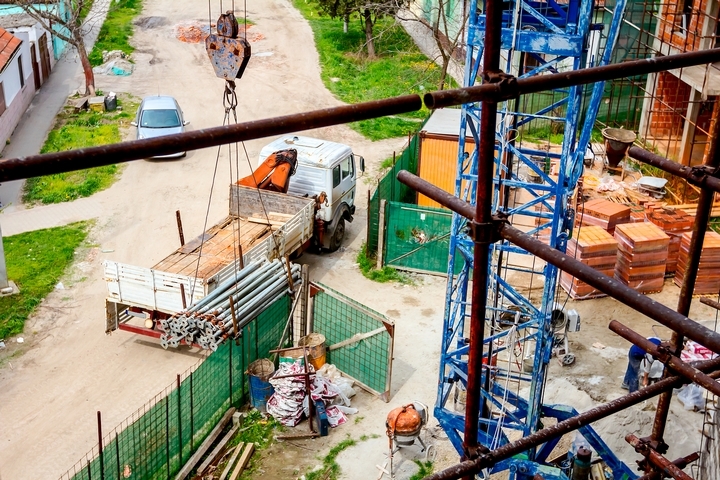
The tower crane erector is made up of several different parts, including the top climbing unit, bottom climbing unit, bolts and pins, and a tie-in.
The erector’s top climbing unit is vital to the tower crane’s performance. It enables the tower crane’s sections to be inserted and connected to the tower. Essentially, it’s the piece that adds tower sections to make it taller. A large hydraulic jack lifts the jib, counter jib, and slewing assembly one tower section higher. Then, another section can be inserted to increase the tower’s height.
The bottom climbing unit is also critical to the tower’s height because it’s used to raise the entire crane higher. It makes it possible for the crane to literally climb inside buildings. While it keeps the tower at the same height, it repositions it at a higher point in the building.
Other critical components of the tower crane erector include bolts, pins, and a tie-in. High-tensile-strength anchor bolts and pins are used to secure connections. Further, a tie-in secures the tower mast to the structure. This provides stability when facing wind forces or when the crane is under load.
9. Slewing Unit
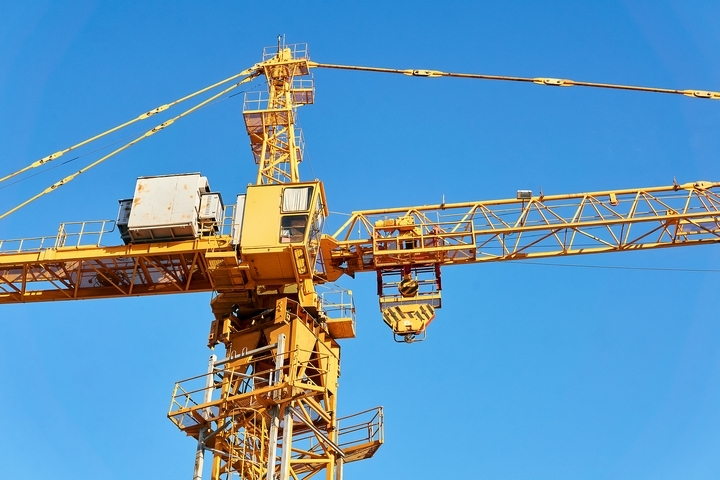
The slewing assembly primarily consists of a slewing gear drive, a motor, and a slew ring. This unit enables the crane to turn and twist to move objects around. It also consists of the horizontal jib, which is the part that carries the loads.
The slew ring allows for the precise rotational movement of the slewing unit, which includes the jib, cab, tower top, and counter jib. It’s also capable of significant torque. The slew ring made up of machined gear teeth and is fixed to a ball track.
10. Operator Cabin
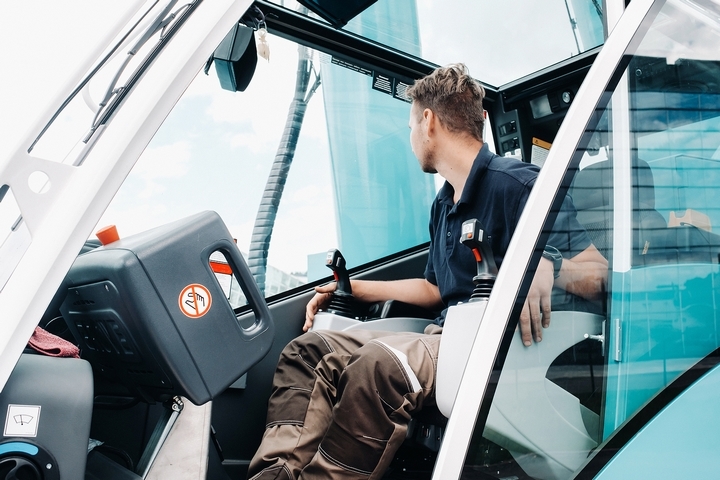
The tower crane’s operator sits in the operator cabin, which is complete with joystick controls, communication systems, and electronic monitoring devices. This cabin is often part of the slewing assembly.

